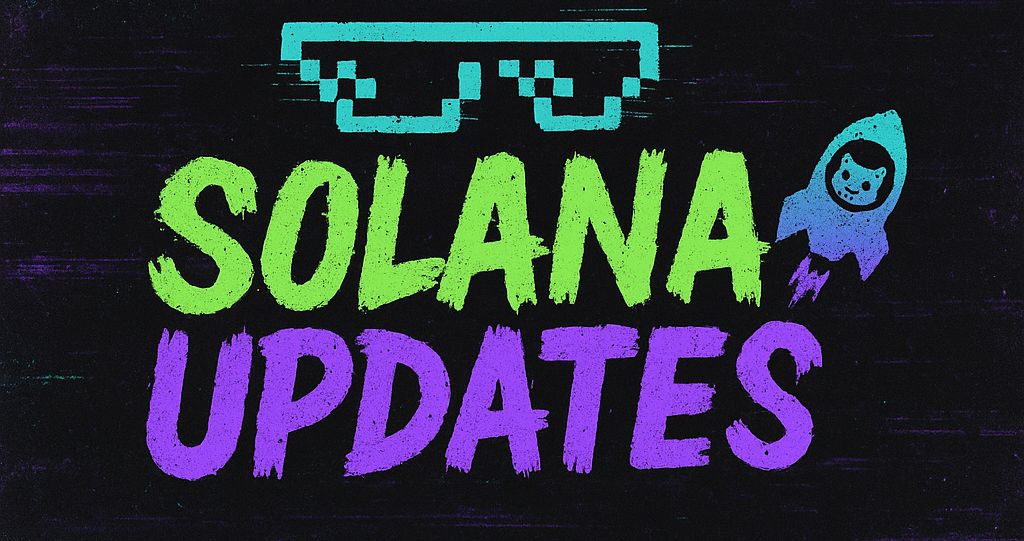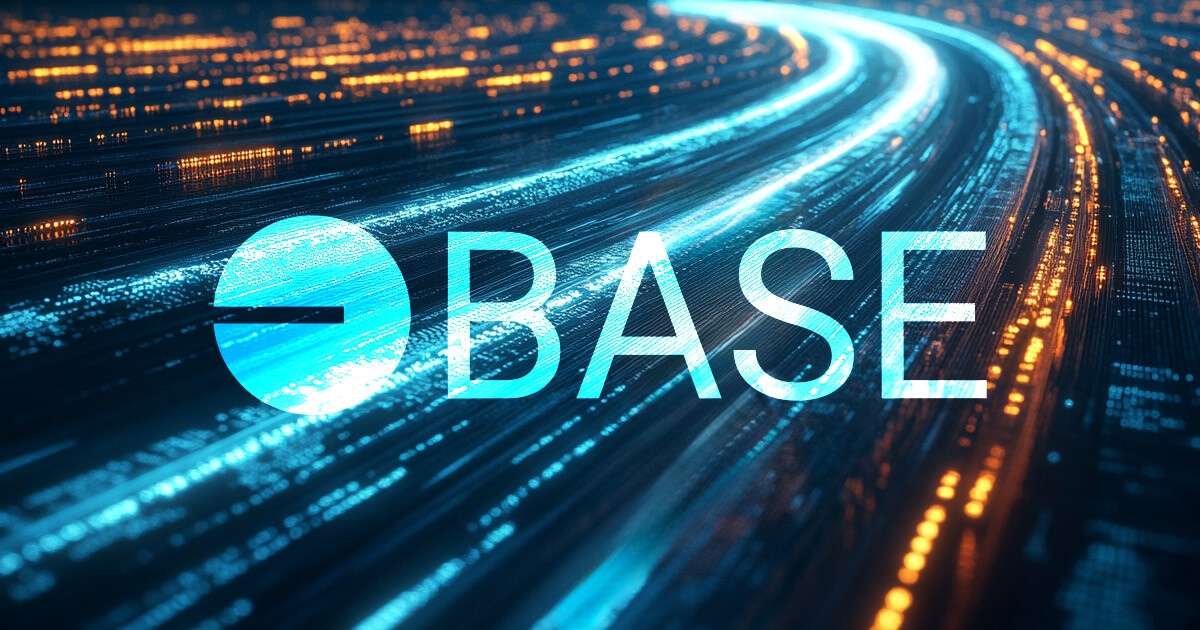Base has reached “Stage 1 Decentralization” by introducing fault proofs and a decentralized Security Council to its network structure, the layer 2 blockchain announced in a blog post on April 29.
Fault proofs allow any participant to propose or challenge claims about Base’s state, with open-source challenger software and financial incentives supporting permissionless dispute resolution.
Separately, a newly established Security Council must approve contract upgrades, requiring a 75% consensus threshold among Base, Optimism, and 10 independent entities from multiple jurisdictions.
Stage 1
Stage 1 Decentralization, as described by Ethereum (ETH) co-founder Vitalik Buterin’s framework for rollup decentralization, represents an intermediate phase where permissionless fault proofs are live and critical network upgrades require approval from a decentralized set of stakeholders.
According to L2Beat, Base is now the 10th blockchain to achieve at least Stage 1 in decentralization out of the 62 rollups tracked by the platform.
The post noted that this stage moves Base beyond a centralized operator model, reducing reliance on single entities to verify the network’s state or govern smart contract upgrades.
Base stated that reaching Stage 1 enhances infrastructure certainty for developers, creates a more resilient network without a single point of failure, and opens network security participation to a broader group of actors.
Fault proofs and Security Council
Base’s first fault proofs were deployed on its mainnet in October 2024. In collaboration with Optimism, Base adopted the OP Stack Fault Proof System, allowing users to withdraw funds from Base permissionlessly to the Ethereum mainnet without relying on centralized operators.
The open challenge mechanism introduced during this process ensures that the decentralized validation process can correct faulty or fraudulent claims about the network state.
The second milestone was decentralizing upgrade authority through the formation of the Security Council. It includes independent organizations tasked with governing smart contract changes.
The council structure ensures that no single entity can unilaterally execute upgrades, distributing operational authority across diverse participants and adding a layer of security to network governance.
Complete decentralization
Base outlined that its following objectives include deploying multiple proof systems to strengthen security and further decentralize validation processes.
Among the options under exploration are zero-knowledge-based fault-proof systems, which complement existing optimistic proofs and broaden the network’s verification mechanisms.
Advancing toward Stage 2 of decentralization remains a stated goal. At Stage 2, no group of actors would be able to post a state root other than the outcome produced by the system’s code, except in cases involving pre-defined bug protocols.
Base aims to continue reducing central points of control, including empowering the Security Council with the tools necessary to independently detect and adjudicate system faults.
The post Base becomes 10th L2 network to reach at least Stage 1 decentralization appeared first on CryptoSlate.


